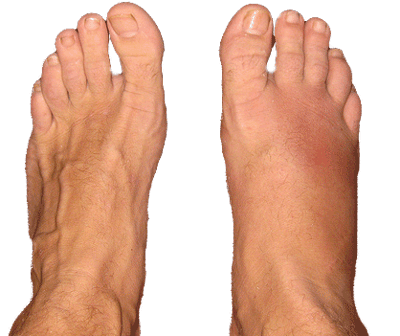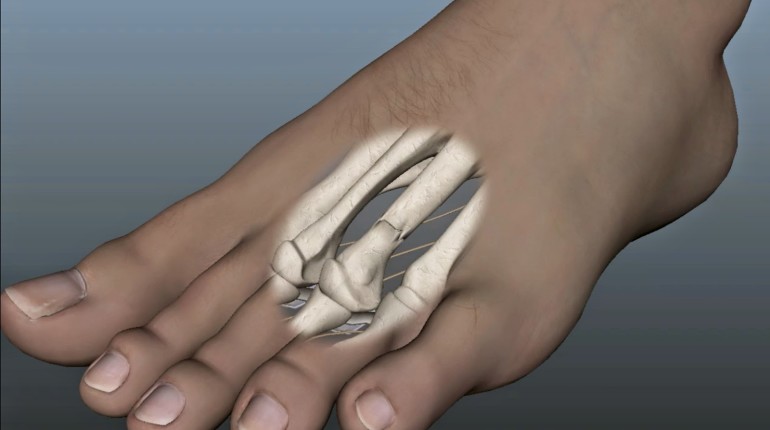Stress fractures of the foot are the tiny cracks in the bone. Stress fractures are caused by the repetitive application of force, such as jumping up and down or running long distances, sometimes they are caused by overuse. Track and field athletes are particularly susceptible to stress fractures. Stress fractures can also arise from a normal use of a bone that’s been weakened by a condition such as osteoporosis.
Stress fractures are most common to occur on the weight-bearing bones of the lower leg and foot. ![]()
![]()
![]()
![]()

Although, runners are prone to have stress fractures, you may be at risk if you do too much exercise program too soon.
Any bones of the feet or ankles can be affected by a stress fracture.
Stress fracture symptoms can vary widely. However, the most common complaint is pain.
![]()
![]()
![]()
![]()
 Taking calcium and vitamin D supplements are prescribed. Additional measures such as shoewear modification may be prescribed. A stiff shoe insert or bootwalker can be part of the treatment.
Taking calcium and vitamin D supplements are prescribed. Additional measures such as shoewear modification may be prescribed. A stiff shoe insert or bootwalker can be part of the treatment.
In some cases, your doctor may recommend a cast or crutches. There are also instances when surgery is needed.
The most common situation that requires surgery is when the bone fails to heal, which is called a nonunion. Surgery would usually include placing screws to secure the bone.
Is there any way to prevent stress fractures from happening?
Apply moderate stress to the bone in a controlled manner, this can strengthen the bone and make it less susceptible to a stress fracture. An easy way to do this is to follow the runner’s rule of increasing distance by no more than 10 percent per week. This allows the bones to adapt to the added stress so they are able to withstand greater stress in the future.
Do strengthening exercises for this help build muscle strength in the legs. Strengthening these muscles will prevent them from becoming fatigued quickly, allowing them to absorb the strain of running for longer periods of time.
Image Credits: podlink, ptandme, toehurts, myrunningdoc
